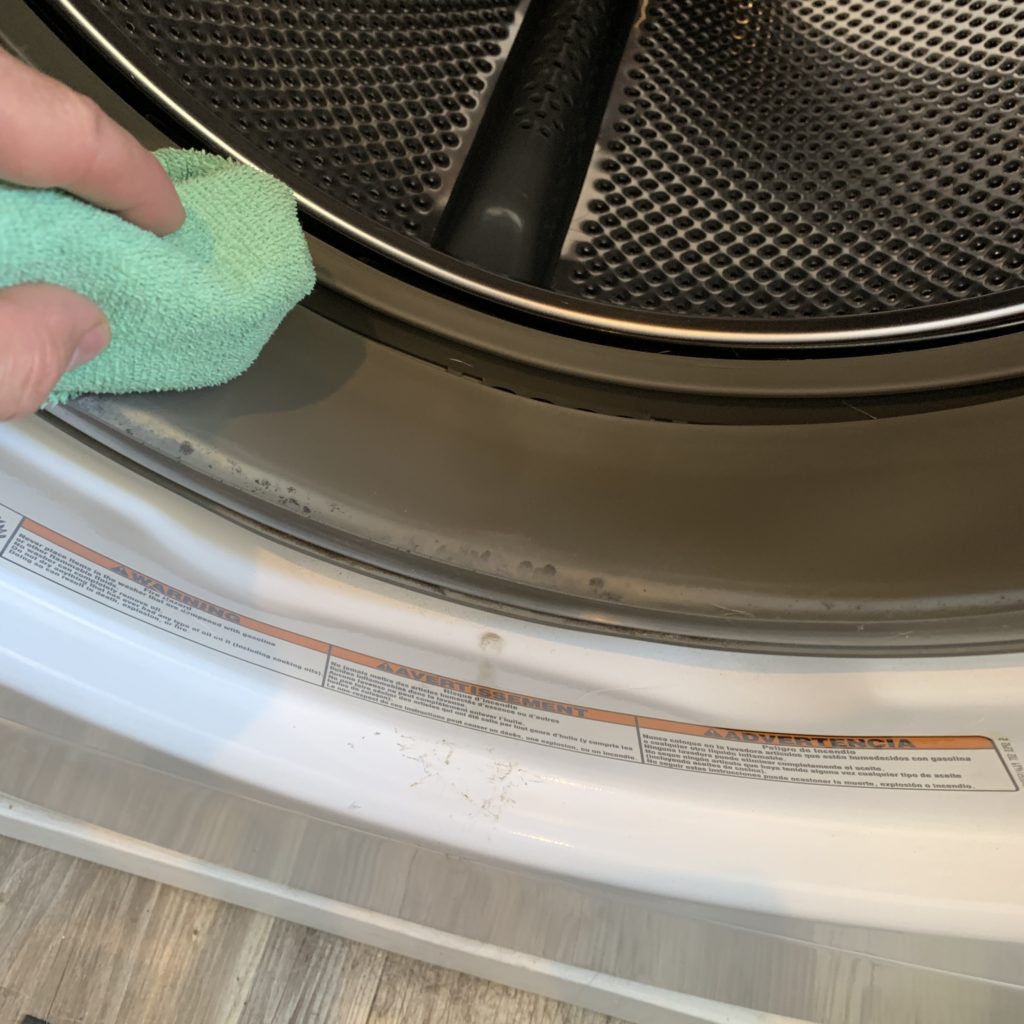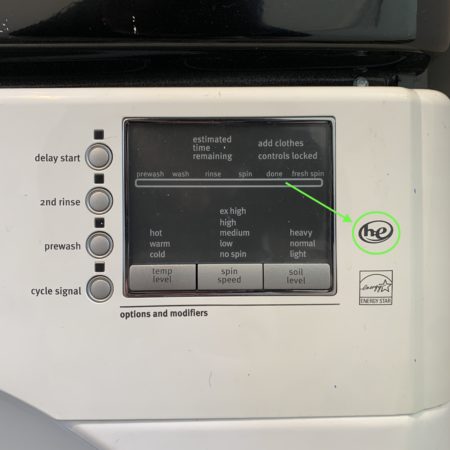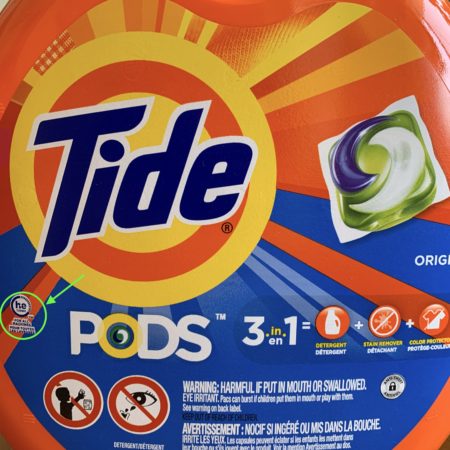How to Remove Mold From Rubber Seal on Washing Machine
Removing mold from the rubber seal on your washing machine can surprisingly become a common occurrence. Whether you have a front load clothes washer, or a top load washing machine, mold can begin to form anywhere there is prolonged periods of moisture. Left unresolved, this can become a big problem. Not only can it leave your clothes with a bad smell, but it has the potential to make you sick.
It may be easy to ignore and overlook, but when you see signs of mold or mildew on your washing machine seal its important to clean it immediately. We’re here to help you get your washing machine back to its sparkling clean state!
What causes mold in my washing machine?
Cleaning mold out of your washing machine is only helpful if we know what causes mold to form in the first place. Once cleaned, it’s important to make steps to prevent it from coming back.
Moisture in the washing machine
The number one cause of mold in washing machines is from moisture sitting too long. Not letting your washing machine dry properly between uses can create the perfect environment for mold to form. This moisture can hang out in the washing drum, rubber seal and detergent drawer, ultimately anywhere that is damp and dark.
Tips:
- After each washing cycle, leave the washing machine door open slightly. This will allow the machine to air dry when not in use.
- Wiping the seal dry after each use can also help prevent mold from growing.
Leaving wet clothes in the washing machine for too long
It’s easier than ever to toss in a load of laundry and hit play on that next episode of your Netflix binge. But when you leave a load of wet clothes to sit in the washer for too long, this creates an ideal environment for mold to form.
Tips:
- Hit pause on your episode, be sure to get your wet clothes out of the washer as soon as the cycle finishes!
Using the wrong detergent
Most new washing machines now display the initials HE (High Efficiency) on the machine. If you see this image on your washing machine, you need to be sure you’re using the correct laundry detergent. Using non-HE detergent in your HE washing machine can create too many suds. If this happens, the machine can have a hard time fully rinsing the soap out on the rinse cycle. If this happens, the additional soap residue can lead to a perfect scenario for mold to form.
The difference between HE and non-HE washing machines is that HE machines operate much more efficiently. This higher efficiency means that it requires special and less detergent than a non-HE machine.
- Double check your machine for the HE image and make sure you are using the appropriate detergent.
How to clean the mold from the rubber seal on my washing machine?
Before beginning any cleaning, be sure to take the appropriate safety measures to protect yourself from the cleaning chemicals. We recommend that you use a pair of rubber gloves and some goggles or appropriate eye protection.
Have you wondered, “does bleach kill mold in the washing machine”? Worry no more, below we will cover the steps to clean the rubber seal on your washing machine with either bleach or vinegar.
- First run a normal, hot wash cycle without clothes on your washing machine. Add in an appropriate amount of bleach according to your washing machine size OR use one cup of vinegar for a large washing machine. DO NOT combine both bleach and vinegar together as it will create toxic fumes. Only every use one or the other.
- Once the wash cycle is complete, prepare a spray to clean the rubber seal.
- Bleach – Combine 1 part bleach with 4 parts water in a spray bottle.
- Vinegar – Combine equal parts vinegar with water in a spray bottle.
- Wearing your protective equipment, spray the moldy part of the seal with the cleaning mixture you’ve prepared. Be sure to gently pull/push the seal to spray all parts of the seal containing mold.
- Wipe the moldy areas with a clean cloth.
- If the mold persists, try to soak and let the mixture sit on the mold for a few minutes before wiping the mold away.
- Lastly, rinse the locations you’ve sprayed with clean water and a clean cloth, drying all the effected areas.
Health effects of mold in washing machine
Can mold in the washing machine make you sick? Unfortunately, in some cases mold can absolutely cause negative health effects. If you suffer from allergies or asthma, you may experience the effects of mold being present even more than others.
If you’ve discovered mold, be sure to monitor your health for symptoms such as irritated eyes, skin, nose, throat and lungs. Individuals with chronic lung disease, people who are immunocompromised, infants and the elderly have potential to be more sensitive to the presence of mold.
Whether its the small black spots on your shower curtain, black mold on the seal of your washing machine, or the fuzzy white patches on your basement concrete floor, its important to know what to keep your eyes peeled for. When you see it, it’ important to clean it to prevent any health issues.
FAQ’s
What is the rotten egg smell in my washing machine?
This “gas” or rotten egg smell can be caused by mold or mildew growing in your washing machine. If you smell this, be sure to take steps to properly clean your washing machine.
Is black mold in my washing machine dangerous?
Yes. Any presence of mold in your home can be dangerous and has the potential to cause negative health effects. Cleaning up current mold and taking steps to prevent any future mold in your washing machine will help to keep you safe!
How to remove smell from washing machine?
Depending on the cause of the smell, the easiest step to remove the smell from your washing machine may be to run a hot cycle with the addition of bleach (or vinegar if you prefer). Read above for steps on how to do this. If you can’t get the smell to go away, Junk 4 Good can always assist you in removing your washer all together to get ready for a new one!


